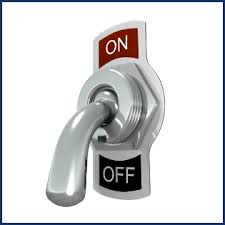 Plays are full of dysfunctional people. Plays attract dysfunctional characters like a moth to a flame. Much of our dramatic literature explores the nature of dysfunction – – how can a normal, healthy baby can be born as clean as a blank canvas and, in oh so few years, have their slate vandalized by untold miscreants. In fact, the moment the child’s canvas is marred, it becomes a free-for-all for poisonous words, spray paint, markers, and obscene stick figures that any passerby feels compelled to add.
Plays are full of dysfunctional people. Plays attract dysfunctional characters like a moth to a flame. Much of our dramatic literature explores the nature of dysfunction – – how can a normal, healthy baby can be born as clean as a blank canvas and, in oh so few years, have their slate vandalized by untold miscreants. In fact, the moment the child’s canvas is marred, it becomes a free-for-all for poisonous words, spray paint, markers, and obscene stick figures that any passerby feels compelled to add.
Characters in so many plays demonstrate the world’s eagerness to sullen and disfigure. What is pure and virginal seems almost too compelling not to ruin.
Today the class and I were discussing why so many of us/characters in plays are attracted to the “bad boy.” Why is that so many of us go out of our way to hunt down the bad boy when the “good boy” is standing politely at the door ready to open it for us and wish a sincere greeting? What is so unattractive about these “good boys”?
The class finally reached consensus and said that the “good boy” carrying so little discord and dysfunction just doesn’t produce the conflict, energy or heat that it need to kick off an interest in another person. We want the “bad boy” on the first date, but after the twelfth year of marriage and third child, the “good boy” begins to look better then ever.
And what about us? Are people attracted to our good side – – to all of the things we have gotten right – – to all of the wounds we have healed? Hell no.
Both for characters and too often in our own world, the line forming to meet and spend time with us was attracted to us by our DYSfunction and not our function. For all of our dysfunctions, there is a line waiting to know us.